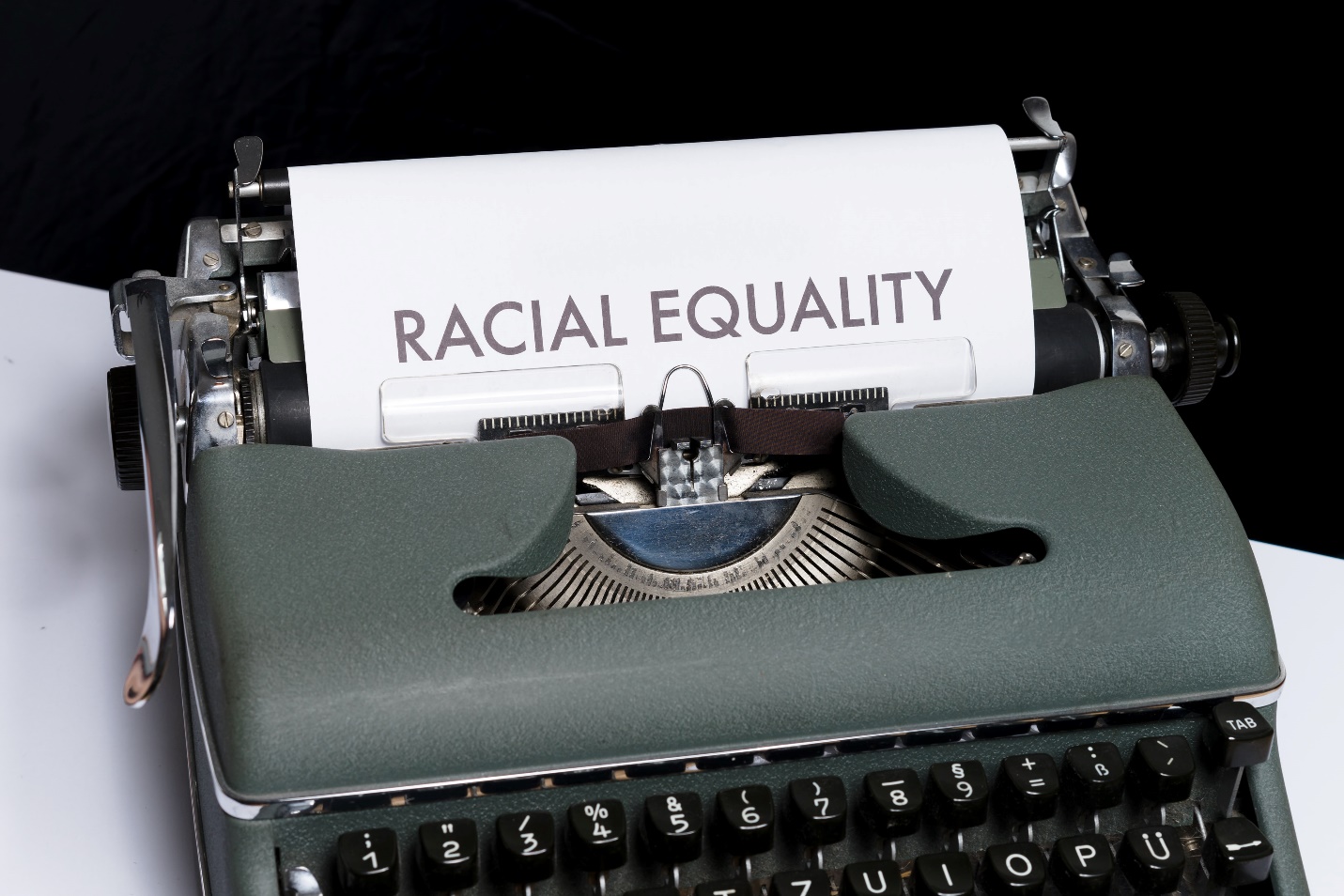
Although hierarchy still exists in the workplace, everyone still deserves to be treated fairly and justly – without discrimination. Unfortunately, in the real world, three out of five workers have experienced or witnessed it, according to Glassdoor.
What should you do? Here are six steps:
1. Remain Calm and Professional
No matter how angry or upset you feel during a discriminatory encounter, strive to remain calm and professional. If the situation becomes emotionally charged, it will be difficult to make a clear argument demonstrating discrimination. Remain polite throughout your discussion with the potential discriminator.
Project a professional image at all times. Employers are much less likely to take the claim of discrimination seriously if you present yourself as an agitated, emotional person or if your clothing, behavior, or speech is inappropriate for the professional setting. The more professional you look and act during a discussion about potential employer discrimination, the better able you will be to prevent an emotionally charged encounter from becoming a legally actionable one.
2. Document Everything
As they say, show proof or it didn’t happen. Document every discriminatory event that occurs during your recruitment or employment process to prove that discrimination did take place if you choose to file a claim against the employer with the Equal Employment Opportunity Commission (EEOC), the federal workplace discrimination agency, or with an appropriate state or local agency.
If you are applying for work with a potential employer, keep copies of your job applications and notes about the application process with dates. Submit these to the EEOC or an appropriate state or local agency if you suspect that you were discriminated against in the hiring process because of your race, national origin, color, sex (including pregnancy), religion, disability, or genetic information.
If you are an employee and have been discriminated against on the job for any of these reasons, save all documents that relate to your employer’s discriminatory actions (such as a note from a supervisor about why you should be fired), get cooperation from other witnesses to discriminatory statements or incidents, and keep detailed notes of all interactions with your employer related to the alleged discrimination, including dates.
3. Work with a Lawyer
One of the biggest mistakes employees or applicants make is seeking help from Tallahassee lawyers way later, such as when they need to file charges. These professionals are highly knowledgeable of the laws. Even if you don’t pursue a lawsuit, they can guide you throughout the process. The fewer mistakes you make, the sooner you can resolve the problem.
Lawyers can also represent on your behalf when you have to talk with other parties, such as the company, or federal and state agencies. Otherwise, they will accompany you during these meetings. This way, you will feel less stressed but more confident to handle tense situations.
4. Inform Your HR Department

If you work for a company, inform your HR department (if you have one) of what has transpired. If you don’t have an HR department and feel more comfortable talking with someone else in your company, inform a supervisor or another manager. Many big companies have trained personnel who will listen to your concerns and provide you with the necessary assistance.
If the HR representative is the individual who is discriminating against you, report it to someone else in that department or higher up. You can also go straight to the CEO or the executive director if the problem persists.
5. Contact an EEOC Counselor
Another step you can take is filing a charge of employment discrimination by contacting an EEOC counselor at one of the agency’s field offices located throughout the United States or at the nearest EEOC sub-office. They can provide you with counseling and help you through the process of filing a claim.
To contact an EEOC office, call the closest local EEOC office for an appointment as soon as possible after your employer’s discriminatory action or statement. The office imposes strict time limits for filing a charge of discrimination with the EEOC, and these time limits begin to run on the date of the alleged discriminatory event.
6. File a Charge of Discrimination
The intake interview at your local EEOC office will determine whether your claim is covered by federal employment nondiscrimination law. If your charge is covered by one of these laws, the EEOC counselor will try to resolve your claim through informal conciliation between you and your employer. You can also choose to file a lawsuit in federal court before this process is complete.
If you are not covered by one of the laws listed above, you will be advised to contact a private attorney or your state’s fair employment practices agency (which is usually part of your state labor department) where you may file a claim.
Employees should know the different ways how to deal with workplace discrimination. This includes being educated about federal and state laws concerning this issue. We have provided you with essential steps on what to do if you are facing this kind of situation in your workplace so that you can get the help that you need immediately.
Leave a Reply